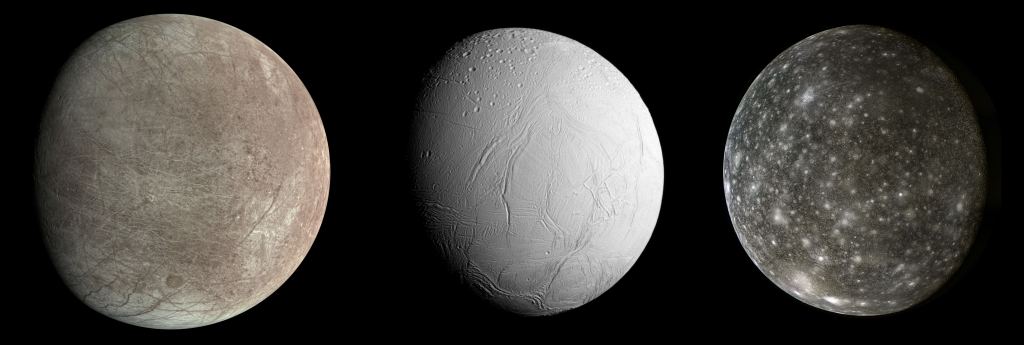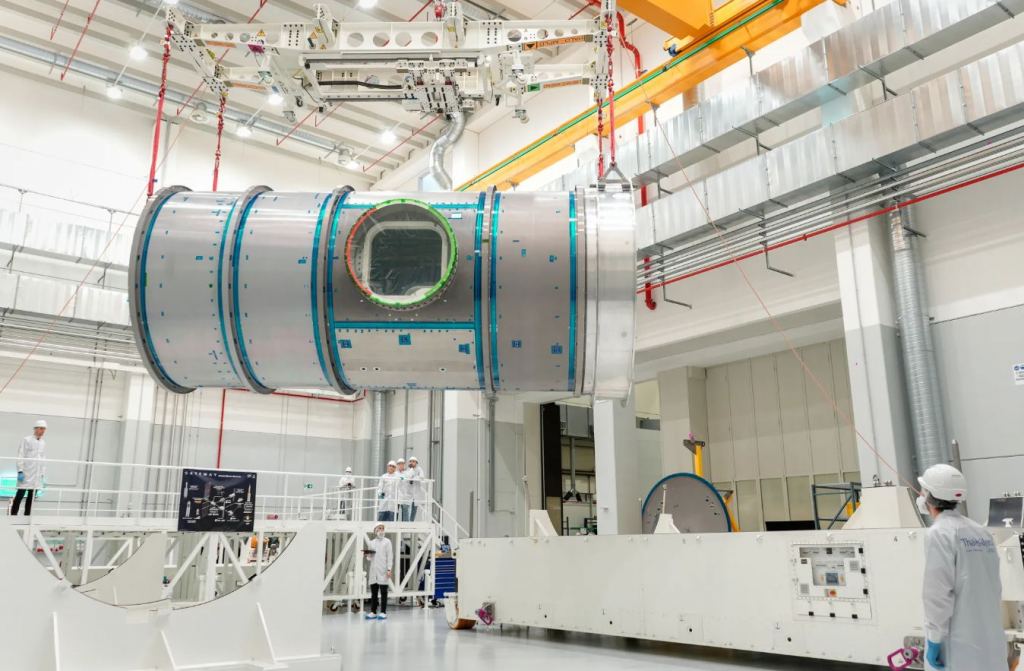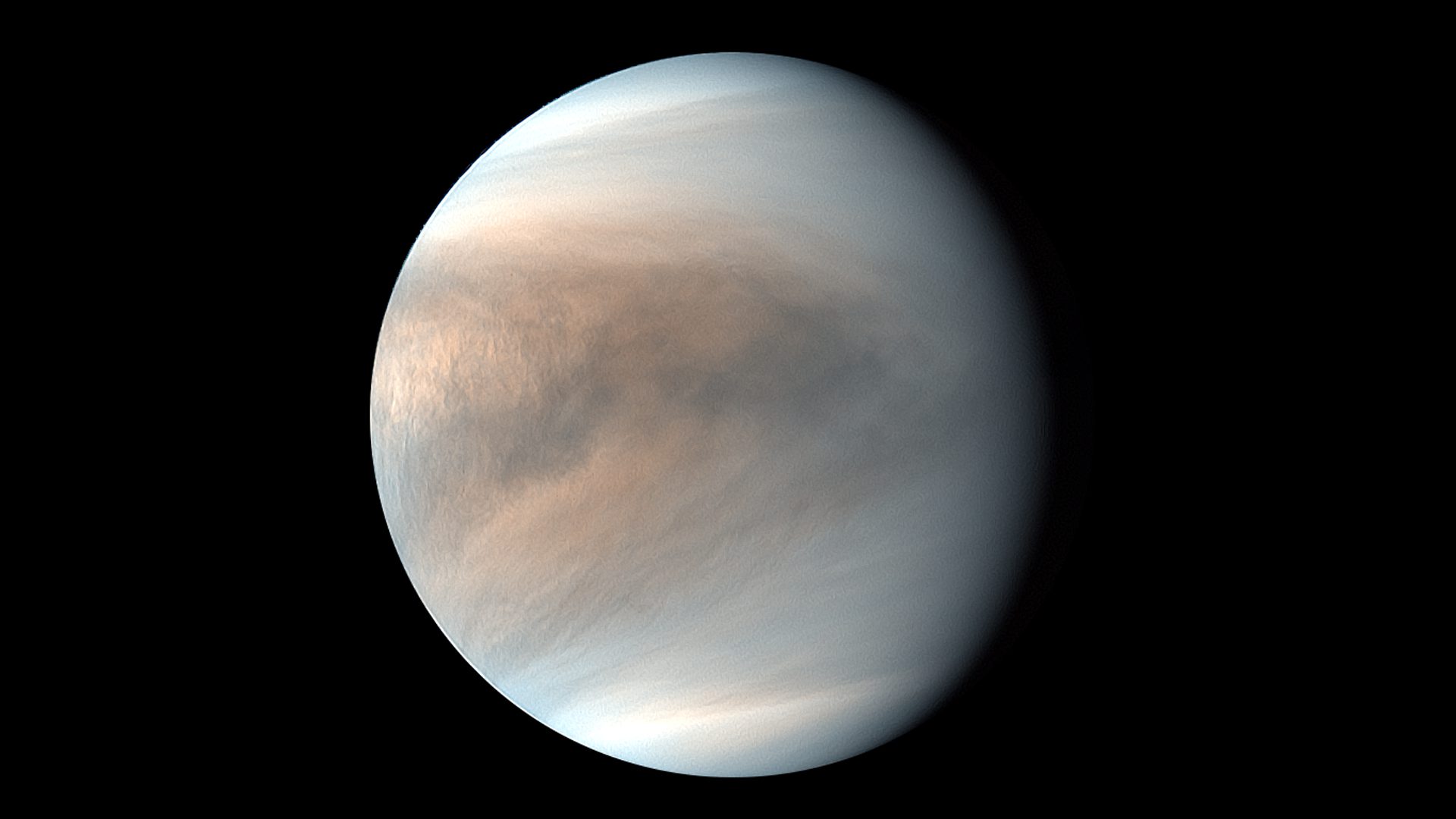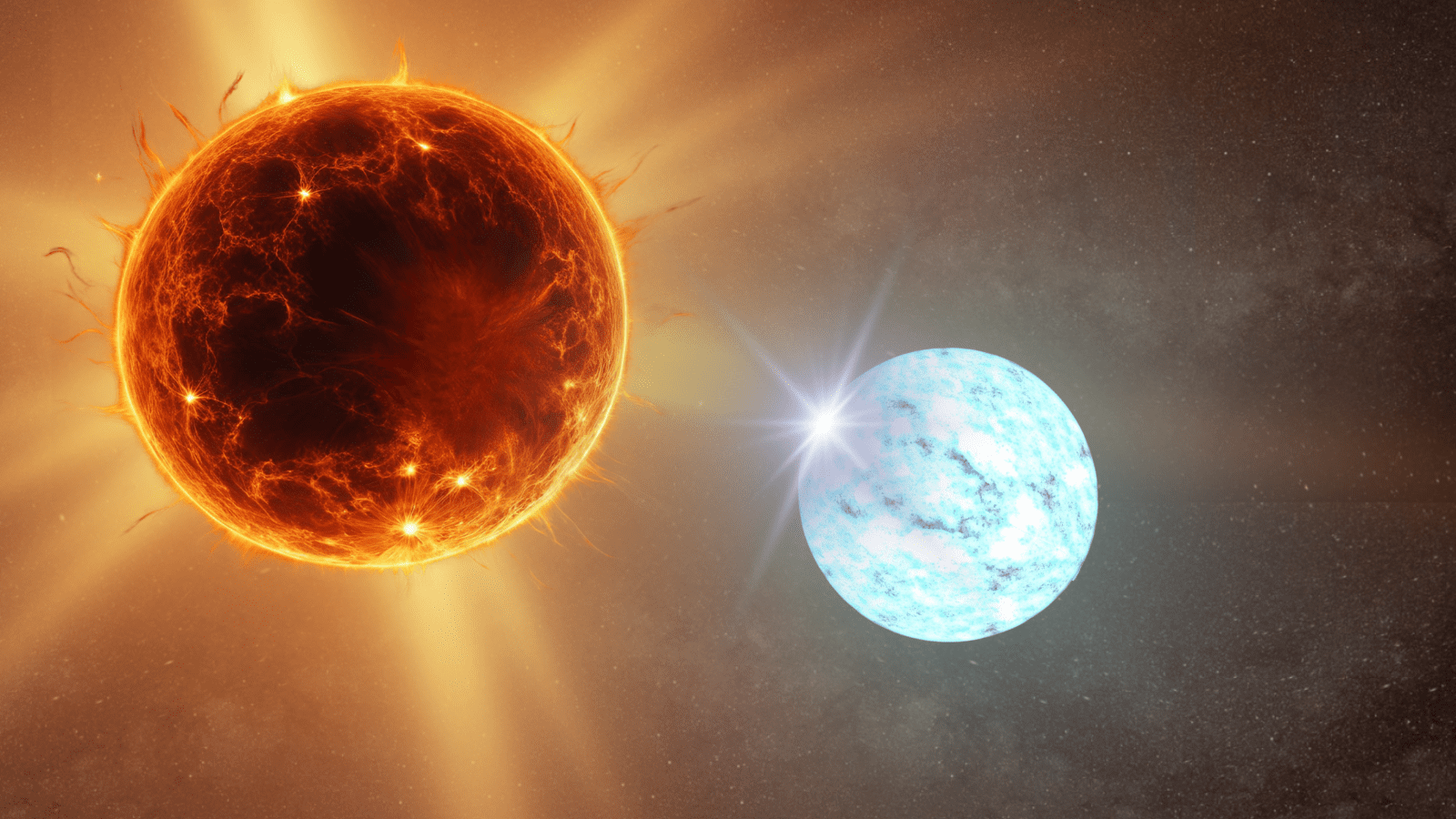Asteroid 2024 YR4’s odds of hitting Earth just got a lot smaller
The asteroid 2024 YR4 (like the one shown in this artist’s concept) are dim in visible light, but the infrared light it gives off means the James Webb Space Telescope will be a powerful tool to study it. NASA/JPL-Caltech In December, the Asteroid Terrestrial-impact Last Alert System (ATLAS), located in Chile, identified an asteroid they … Read more








